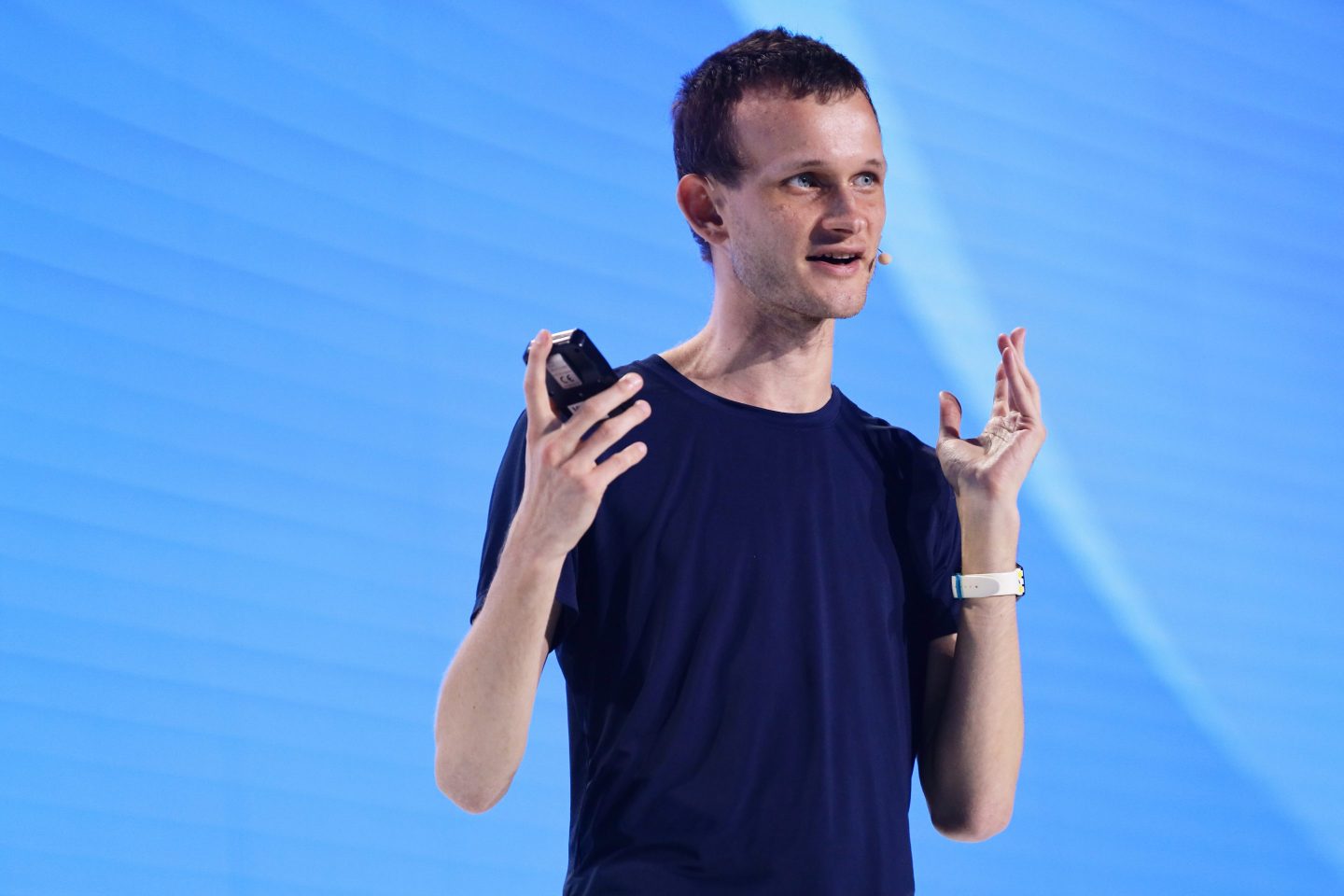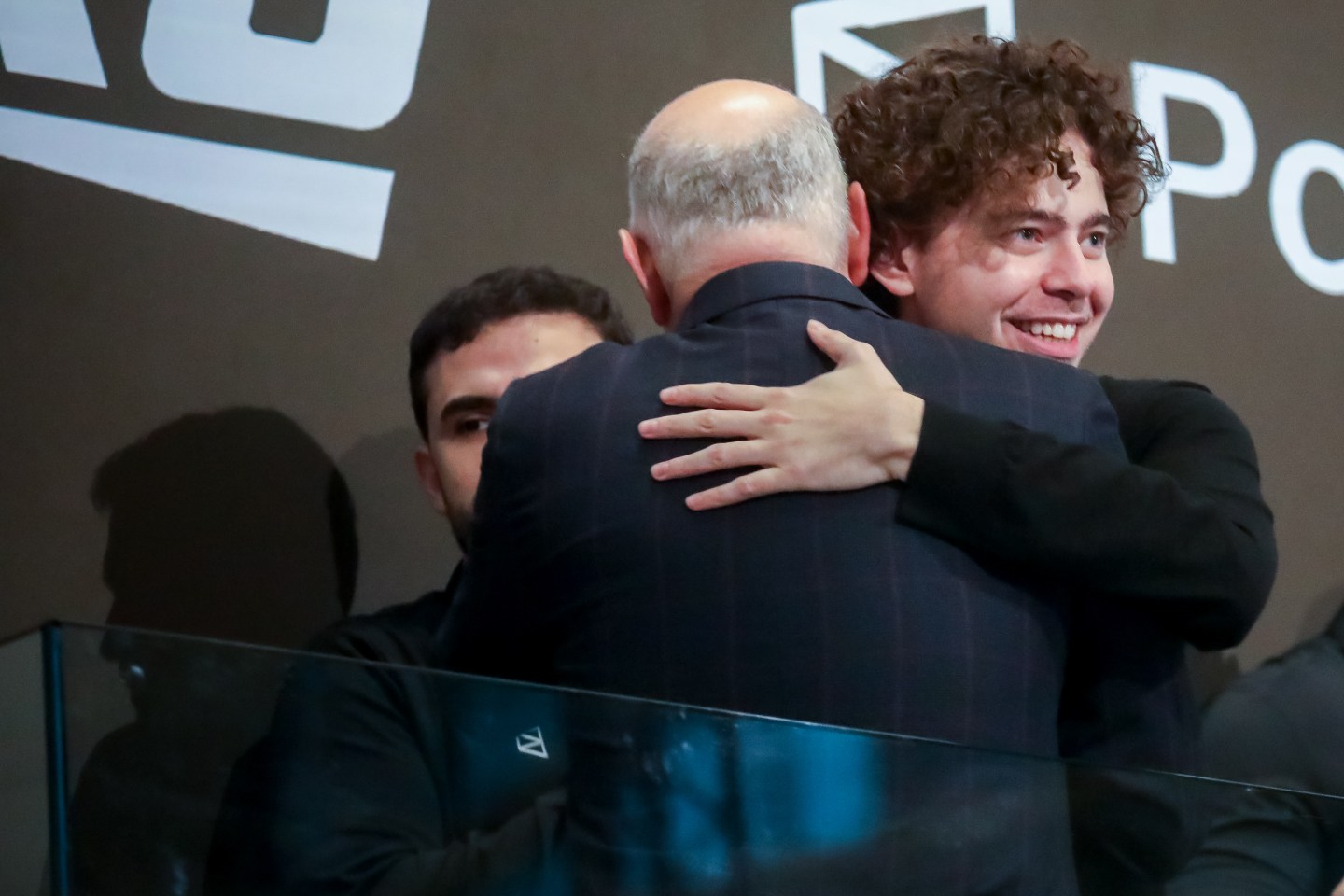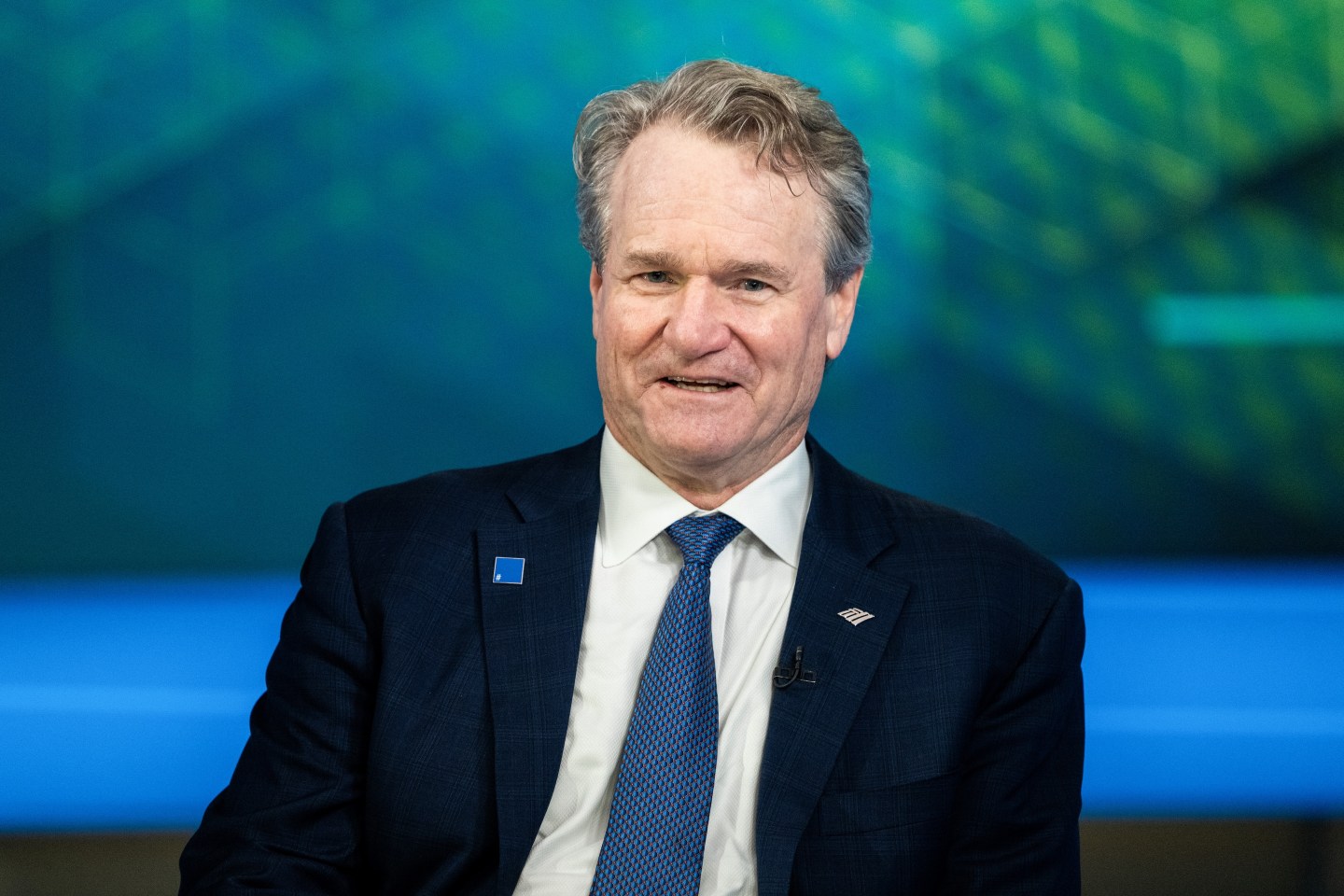Pierre Le Manh has a front-row seat to the massive disruption wrought by generative AI.
Le Manh is president and CEO of the Project Management Institute (PMI), which has about 750,000 members and 1.7 million active certification holders worldwide. Essentially, the nonprofit is a community organization whose goal is to improve project success. The launch of ChatGPT in late 2022 caused great anxiety in the project management profession, Le Manh recalls.
A few years earlier, Gartner had primed the pump by predicting that AI would eliminate 80% of project management tasks by 2030, he notes. Yikes.
“Everybody had this in mind already, and then GenAI came,” Le Manh tells me. “So it was a big shock, and we saw that as a need for us as an organization to help this community of project professionals reduce their anxiety by getting trained on how to use AI.”
PMI, best known for its Project Management Professional (PMP) certification, also saw a huge opportunity. With almost every organization focused on AI transformation, those projects need managers. “But you can’t do that if you have no clue yourself on how to use AI in your own day-to-day life,” says Le Manh, who leads a team of 800.
In the project management world, AI adoption has been sluggish. Although roughly 90% of project managers surveyed by PMI in mid-2023 said AI will have at least a moderate impact on their profession, only about 20% were using it.
So PMI didn’t waste any time. About a year ago, it launched PMI x AI.
In keeping with PMI’s emphasis on learning and development, this effort now includes three courses that are free for members: the original Generative AI Overview for Project Professionals, plus newer offerings on data and GenAI, as well as prompt engineering.
It also delivers on another PMI priority—producing knowledge that professionals can easily share. To that end, the nonprofit created its own AI-powered personal assistant, PMI Infinity.
This tool, which uses OpenAI’s technology, already contains 14,000 pieces of PMI content vetted by the project management community. PMI is adding more, including material from partner organizations, Le Manh says.
The plan is to create a big knowledge base—“and then, based on that, develop tools and applications around it that will help project professionals do their job.”
For example, AI can enable better communication with project stakeholders, Le Manh explains. Let’s say you have 20 stakeholders with different needs, objectives, and levels of involvement. You can ask the AI tool to analyze all past communication with them, then create a custom project update for each one. “If you can leverage that, then it will help you manage your relationship with stakeholders better, and that will increase trust,” Le Manh says.
This fall, PMI is releasing a new version of Infinity that allows for customization or personalization. “You’ll be able to upload your own content, your own templates, in a safe environment, in our own platform, so it’s not going to be used by anyone else,” Le Manh says. “You have a guarantee that it’s not going to train the tool of your competitor.”
So far, so good. PMI Infinity has about 50,000 active users, with a goal of 1 million. Meanwhile, enrollment in the three AI courses has topped 250,000.
As project professionals use AI more, Le Manh says, they can play a key role in building trust within their own organizations—by sharing insights on the technology’s limits as well as its benefits. “That will make the C-suite, the people making decisions in terms of investments in AI, more comfortable as well, and more confident.”
In these early days for AI, Le Manh sees it as a threat and an opportunity that will yield winners and losers. “I want our profession to be on the winning side,” he says. “So it’s on us to seize this opportunity and learn and really help the world make better use of AI.”
Sounds like quite a project.
Nick Rockel
nick.rockel@consultant.fortune.com
IN OTHER NEWS
Vibing it
The economy might look just fine, but many Americans don’t buy it. Job anxiety is prompting fears that the U.S. faces a “vibecession”—where people decide they’re living in a downturn. That’s hardly an unreasonable response right now. As the stock market booms, the number of job seekers just hit a nine-year high, a New York Fed survey shows. Clearly, there’s work to do.
Look here
For leaders seeking to build trust with their teams, actions can speak louder than words, experts warn. Slouching is one nonverbal cue that projects the opposite of power and influence. And don’t lean back with arms crossed—it makes you look bored or distant. To show engagement and command attention, leaning forward is a better move. Be sure to connect visually too: When addressing a group, hold eye contact with everyone, not just a chosen few.
Voter fraud
Wouldn’t you know it? AI is already turning the U.S. election into a hellscape of untruth. Stunts like Donald Trump’s sharing of images suggesting a Taylor Swift endorsement are just the start, Sharon Goldman writes. Now that you can no longer believe your own eyes, live deepfake videos could be next on the disinformation menu. Oh, and given their shredding of election integrity guardrails, don’t expect social media platforms to stem the tide. Right, X?
Inside job
Companies wanting to hire people they can trust should watch their language. Researchers found that “rule bender” lingo commonly used in job postings—phrases like “ambitious and self-reliant,” “thinks outside the box,” and “results-oriented”—boosts the odds of attracting narcissists. Even worse, such language appeals to a certain self-regarding type: those more likely to indulge in fraudulent or unethical behavior. One more reason to ditch corporate jargon.
TRUST EXERCISE
“Gen Z has already distinguished themselves through their unique values and approaches to work. Pioneers of TikTok and Snapchat, Gen Z are digital natives who are environmentally and socially conscious. As trends like quiet quitting show, they care about work-life balance and aren’t afraid to talk (or post) about it.
At first glance, business owners might perceive Gen Z as more self-focused, and less inclined to collaborate and commit to an organization’s larger goals. Surveys show that Gen Z is more comfortable job-switching than any other generation, so this perception isn’t totally off-base.
At Jotform, we aim to cultivate a collaborative culture for all employees, including the youngest hires, by understanding and respecting their values and leveraging their strengths. It’s helped us to attract and retain Gen Z talent, and keep them engaged.”
Among employers, there’s a tendency to treat winning the trust of Gen Z as some kind of riddle. Aytekin Tank, founder of online form builder Jotform, is more pragmatic. As Tank points out, young millennial and Gen Z workers have suffered the biggest engagement drop since the pandemic, making it urgent for leaders to understand them.
Jotform has taken three steps in that direction. First, to appeal to Gen Z workers’ strong sense of self-agency as well as their collaborative nature, the company has small, cross-functional teams of five to seven. Second, it has done away with traditional hierarchies, effectively letting those teams operate as mini-companies.
Third, Jobot has brought employees back to the office full-time. Besides helping build loyalty, Tank says, that move enables the learning and mentoring that Gen Z craves. Working together IRL also boosts collaboration and innovation, studies reveal. Equally important, Tank shows up himself—a gesture likely to spare him no end of side-eye.












